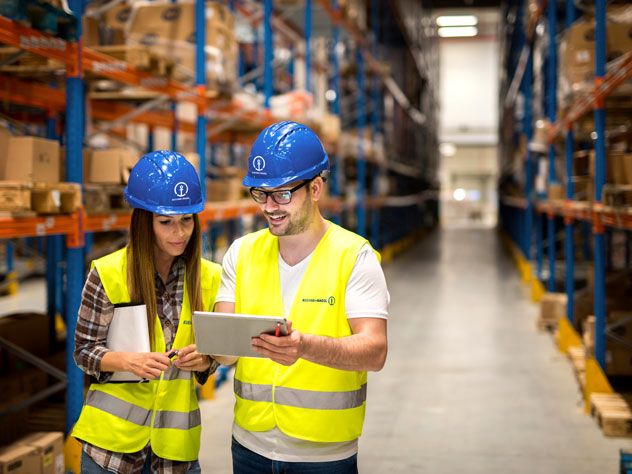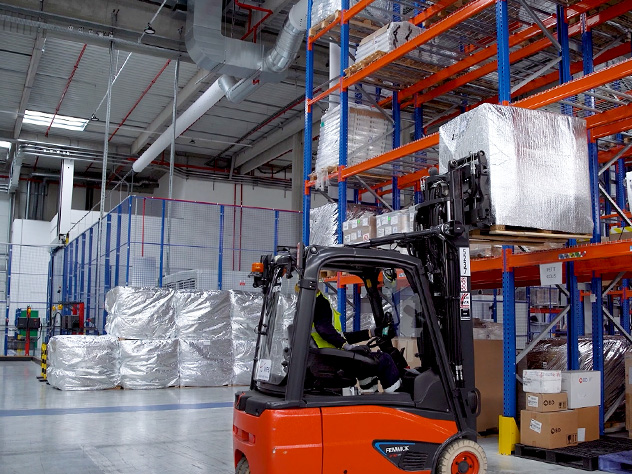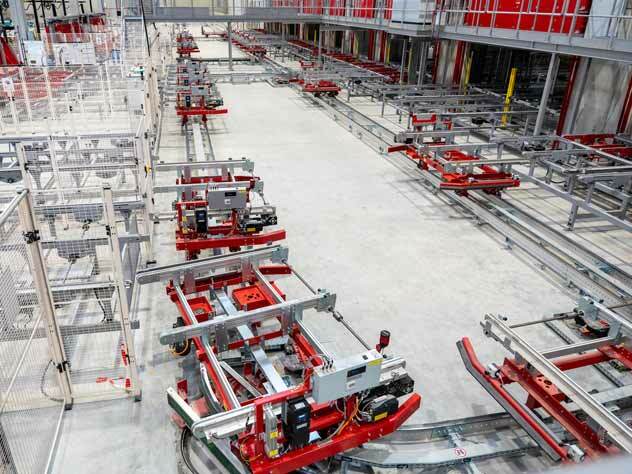Automation—the essential growth driver
Fashion items now account for more than half of online purchases, with demand for faster delivery times and increased personalisation, the norm. To meet these challenges, industry players are embracing automation, partially or fully, to improve warehouse efficiency and adapt to ever-changing market demands.
To remain competitive, fashion companies need to optimise their supply chains quickly. Flexibility and responsiveness are essential to respond to the rising consumer demand in these booming sectors. This is where logistics automation comes into play.
By automating tasks, fashion companies have everything to gain, such as:
- Lower ordering costs
- Increased production capacity
- Flexibility to respond to seasonal peaks
- Reduction of stock errors
- Shorter delivery times
- Better working conditions

Automation frees up valuable resources for companies, allowing employees to focus on manual activities with a high-added value that meet customers’ needs. This is a significant challenge for fashion brands. Indeed, to stand out, it is now essential for brands to create a personalised and exclusive experience.
Automating logistics for exceptional customer experience
n a competitive market, customer satisfaction is essential to retain clients. By providing a personalised, smooth and fast customer experience, we earn their trust and turn them into loyal clients. Automation can play a crucial role in delivering this exclusive experience.
For example, by automating the management of orders, delivery times are reduced, and preparation errors are minimised. This gives the consumer immediate visibility of the product’s availability. This streamlines the returns process too ensuring a smooth customer experience.
In a world where every customer is unique and where personalisation has become the norm, automation also has its role to play. Logistics can now adapt to the changing requirements of end consumers by offering them multiple delivery options while customising packaging. By using cardboard cutting systems according to the volume of the items, it is also possible to optimise the packaging to guarantee durable, secure and suitable parcels for each order. This approach reinforces the positive image of the company and increases customer satisfaction.
Attention to detail and product presentation is another vital element of the fashion offer. It involves extending the brand’s value proposition before the product’s final journey to the store or end customer. This ranges from simple customisation to the addition of high-end services to satisfy the most demanding end customers.
Although logistics automation offers advantages in personalisation, precision and efficiency, specific tasks such as embroidery, engraving or handwriting require human input to ensure authentic and high-quality personalisation. The skills of artisans and experts are essential to provide meticulous attention to detail and a unique artistic touch. Therefore, logistics automation and human input complement each other to provide an exceptional customer experience, combining technological efficiency with personalisation.
Tailor-made supply chain optimisation for efficient warehouses
There’s no need to automate the entire supply chain. Each company has specific needs and must choose appropriate solutions. Automation is possible at all levels—reception, storage, order preparation, and shipping. The durability of an automated system is linked to its flexibility. Logistics automation requires adapting to all types of customers, from start-ups to multinationals.
The Kuehne+Nagel Fashion Campus near Paris demonstrates an ability to meet the diverse needs of customers. It enables businesses to thrive or start their business with customised solutions. This specialised hub responds to the increase in demand from the online fashion sector with 25% growth in 2021.
Sustainable development is also an essential issue for fashion companies. By selecting logistics partners and by promoting collaboration with suppliers committed to sustainable practices, fashion companies can contribute to responsible supply chain management and offer a customer experience aligned with current sustainable development targets.
Some success stories
- Reduction of 15-30% of logistics costs over a period of 3 to 5 years
- Two to three-times more production capacity
- 25% reduction in transport costs thanks to precise packaging management
- Five times the number of packages processed per minute








